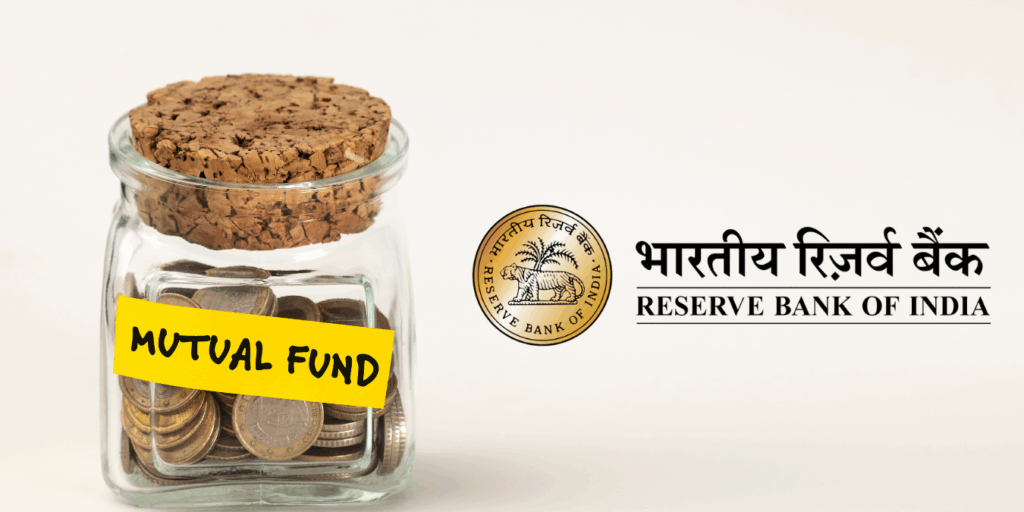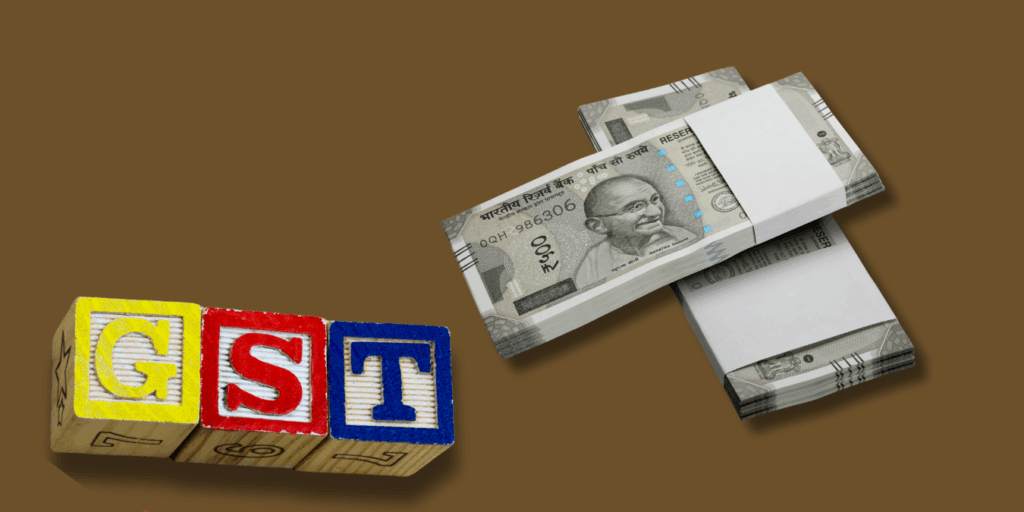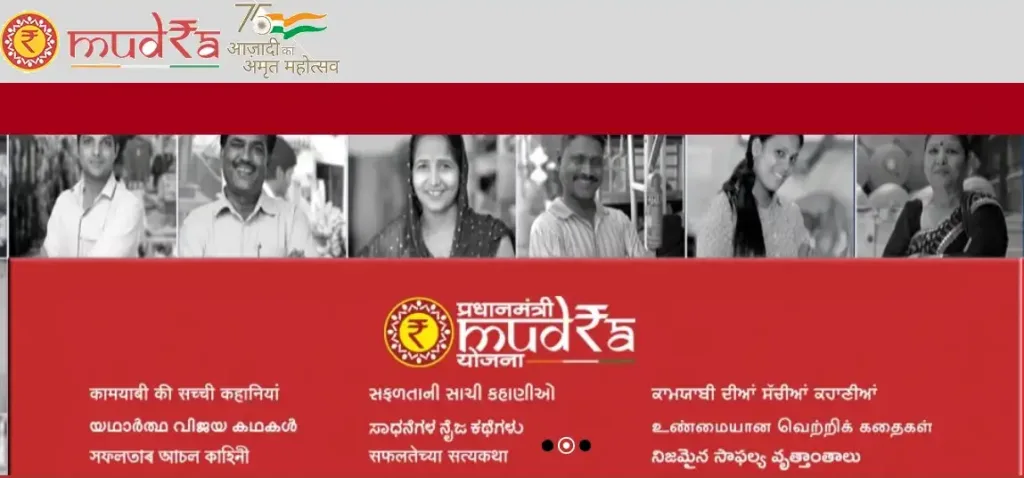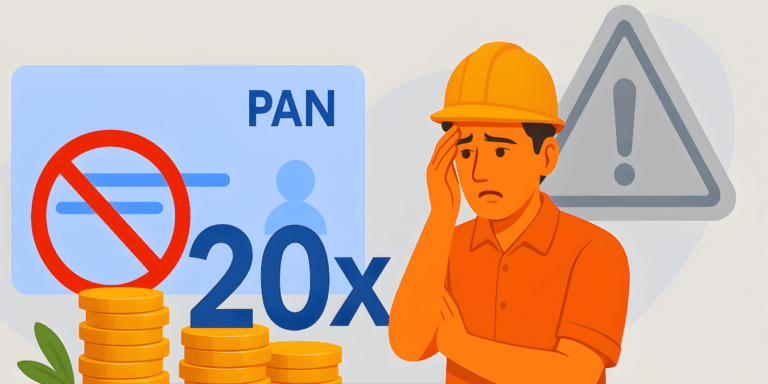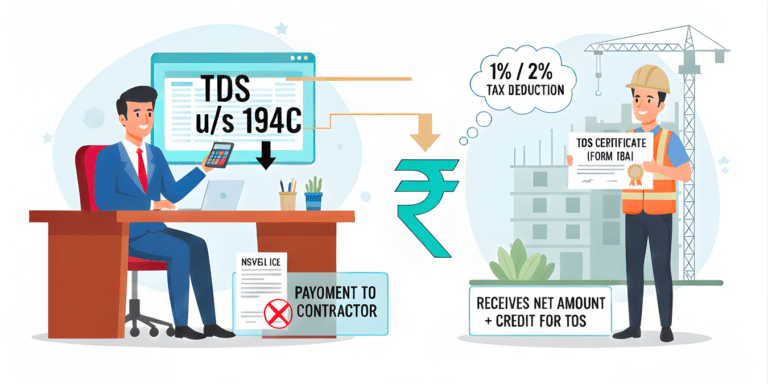
A new tax to threaten your generosity with a 30% hit! In a stunning twist, the New Income Tax Bill 2025, passed August 11, restores exemptions, saving billions for India’s trusts. Plus, a game-changing TDS refund reform offers flexibility to millions. But is it a tax revolution or a risky truce?
You’re a devoted philanthropist, quietly channeling funds to a beloved temple or a charitable trust that blends faith with social good. Your donations, often anonymous to honor tradition or privacy, fuel community kitchens, schools, or hospitals. Suddenly, a new tax law threatens to slap a hefty 30% tax on those contributions, shaking the foundations of India’s nonprofit sector. The stakes are high—billions in donations at risk, trusts scrambling, and donors like you rethinking their generosity. But hold your breath! In a dramatic twist, the government has backtracked. The New Income Tax Bill 2025, passed by the Lok Sabha on August 11, 2025, restores tax exemptions for anonymous donations to religious-cum-charitable trusts, aligning with the decades-old Income Tax Act of 1961. And there’s more: it revolutionizes the TDS refund claim filing procedure, offering unprecedented flexibility to millions of taxpayers. This isn’t just tax jargon—it’s a game-changer that could save you thousands and reshape how India funds its charities. Curious yet? Let’s dive into the suspenseful saga of this bill, unpacking the surprises, the latest data, and what it means for you in 2025 and beyond.
The Suspenseful Backstory: A Tax Threat to Philanthropy
To understand the drama, let’s rewind. India’s nonprofit sector thrives on donations, with the Bain & Company India Philanthropy Report 2024 estimating a staggering ₹1.5 lakh crore in total contributions for FY 2023-24. Projections for 2025 suggest a 15% rise to ₹1.72 lakh crore, driven by economic recovery and growing digital giving platforms. Anonymous donations—preferred for privacy, especially in religious contexts—account for 25-30% of this, per Central Board of Direct Taxes (CBDT) estimates. These funds power everything from temple trusts to NGOs running schools and hospitals, forming the backbone of India’s social welfare ecosystem.
Under the Income Tax Act of 1961, anonymous donations to trusts established for “religious and charitable purposes” enjoyed tax exemptions, unless specifically directed to educational or medical arms of those trusts. This provision was a lifeline for hybrid trusts—think temple complexes that also run community kitchens or schools. For example, the Shree Siddhivinayak Temple in Mumbai supports thousands of meals daily, largely through anonymous contributions.
Enter the original Income Tax Bill 2025, introduced in February. Clause 337 proposed a bombshell: a flat 30% tax on anonymous donations to all registered Non-Profit Organizations (NPOs), with exemptions only for “wholly religious” trusts. This was a “significant divergence” from the 1961 Act, as noted by CBDT sources. The move threatened to drain billions from mixed religious-charitable trusts. Taxmann’s 2025 analysis projected a potential ₹10,000-15,000 crore annual tax hit on the sector, with a PwC study warning of a 10-15% drop in donations if implemented. Post-COVID, when charitable giving surged by 20% in 2024, this felt like a betrayal to many stakeholders.
The suspense built as temples, NGOs, and donors lobbied fiercely. Would the government stand firm or yield? The plot thickened on July 21, 2025, when a 31-member Select Committee, chaired by BJP MP Baijayant Panda, dropped its report. Their verdict? Restore the exemptions! They argued that taxing mixed-object trusts would cripple philanthropy and harm societal welfare. On August 11, the Lok Sabha passed the revised Income Tax (No.2) Bill, incorporating nearly all the committee’s recommendations. CBDT confirmed: “Provisions relating to taxation of anonymous donations have been aligned with the existing Income Tax Act, 1961, and exemption has been made available to mixed-object registered nonprofits also.”
This U-turn is a triumph for India’s 1.2 lakh registered trusts (Ministry of Corporate Affairs, June 2025 data), many of which blend religious and charitable goals. But why the reversal? Insiders hint at political pressures, with religious groups and NGOs wielding influence ahead of state elections. The exemption ensures continuity, preserving billions in tax-free funds. However, a subtle twist remains: anonymous donations specifically for education or medical purposes within these trusts are still taxable, maintaining a fine balance.
TDS Refund Claim Filing: A Hidden Gem of Flexibility
Now, let’s shift gears to another plot twist: the TDS refund claim filing procedure. Tax Deducted at Source (TDS) is India’s mechanism for collecting taxes upfront—think salary deductions, interest payouts, or freelance payments. In FY 2024-25, TDS collections soared to ₹8.5 lakh crore, a 12% jump from the previous year, per CBDT’s July 2025 data. But claiming refunds has long been a pain point, especially for those not required to file Income Tax Returns (ITRs), like pensioners or low-income earners.
The original 2025 bill proposed a harsh rule: under Clause 263(1)(ix), taxpayers had to file ITRs by the due date (typically July 31) to claim TDS refunds, even if their income was below the taxable limit (₹3 lakh for individuals, ₹5 lakh for seniors). This threatened millions—think retirees or gig workers—who might lose refunds worth ₹15,000-1 lakh each. In 2024, TDS refunds totaled ₹3 lakh crore across 7.5 crore ITRs filed by July end, up 8% year-on-year, per IncomeTaxIndia.gov.in. The suspense: Would small taxpayers be left high and dry?
The Select Committee swooped in as the hero. They recommended scrapping Clause 263(1)(ix), arguing it unfairly burdened low-income groups. The new bill delivers: it allows TDS refund claims via late ITRs, offering flexibility to an estimated 2 crore taxpayers, including pensioners and informal workers. CBDT officials call this a “game-changer,” with 2024 data showing average TDS refunds of ₹15,000 per claimant.
But here’s the surprise element: the bill shortens the timeline for filing TDS correction statements from 6 years to 2 years. This addresses the 5 lakh pending correction requests as of March 2025, with CBDT claiming it will “reduce grievances substantially.” For deductors (employers, banks), this means faster resolutions but tighter deadlines. TDS mismatches caused 30% of refund delays in 2024; this change could cut that by half, per Taxmann estimates.
Broader Reforms: A Holistic Tax Overhaul
The Income Tax (No.2) Bill 2025 isn’t just about donations and refunds—it’s a sweeping tax reform package. Here are the key highlights:
- Professionals Included in Digital Push: Clause 187 now mandates electronic payment modes for professionals (doctors, lawyers, consultants) with receipts exceeding ₹50 crore annually. This aligns with RBI’s 2025 report showing a 25% year-on-year rise in digital transactions in professional services.
- NPO Taxation Shift: The bill replaces “receipts” with “income” for NPO taxation, ensuring only net income is taxed. This could save trusts ₹5,000 crore annually, per the Centre for Social Impact and Philanthropy.
- Unified Pension Scheme (UPS) Benefits: Subscribers get deductions up to ₹1 lakh, boosting retirement savings.
- Block Assessments Revamped: For tax search cases, time limits are tightened to 12 months from 18, streamlining processes.
- Saudi Investment Funds: Direct tax benefits extended, fostering foreign investment.
These changes modernize India’s tax framework, replacing the 1961 Act’s 536 sections with a simplified structure, aiming to reduce litigation and boost compliance.
The Shadow of Criticism: Black Money and Audits
Not everyone’s cheering. Critics, including CA Manoj Kumar, warn that restored exemptions could enable black money flows due to the anonymous nature of donations. A 2024 CAG report flagged ₹2,000 crore in unverified donations, raising red flags. Will stricter audits follow? The CBDT hints at enhanced scrutiny, with AI-driven audits up 15% in 2025, per IncomeTaxIndia.gov.in.
For TDS, late filers might still face interest penalties under Section 234A (1% per month). Kumar advises: “Flexibility is great, but file early to avoid hassles.” The suspense lingers: Will compliance costs outweigh the benefits for small taxpayers?
The Final Twist: A Revolution or Temporary Truce?
The New Income Tax Bill 2025 is a thriller—restoring exemptions, easing TDS refunds, and modernizing India’s tax system. It’s a win for donors, trusts, and taxpayers, backed by 2025 data showing 7.5 crore ITRs and ₹3 lakh crore in refunds. But the suspense continues: Will the Rajya Sabha approve? Will audits tighten to curb black money? And how will implementation play out by April 2026?




